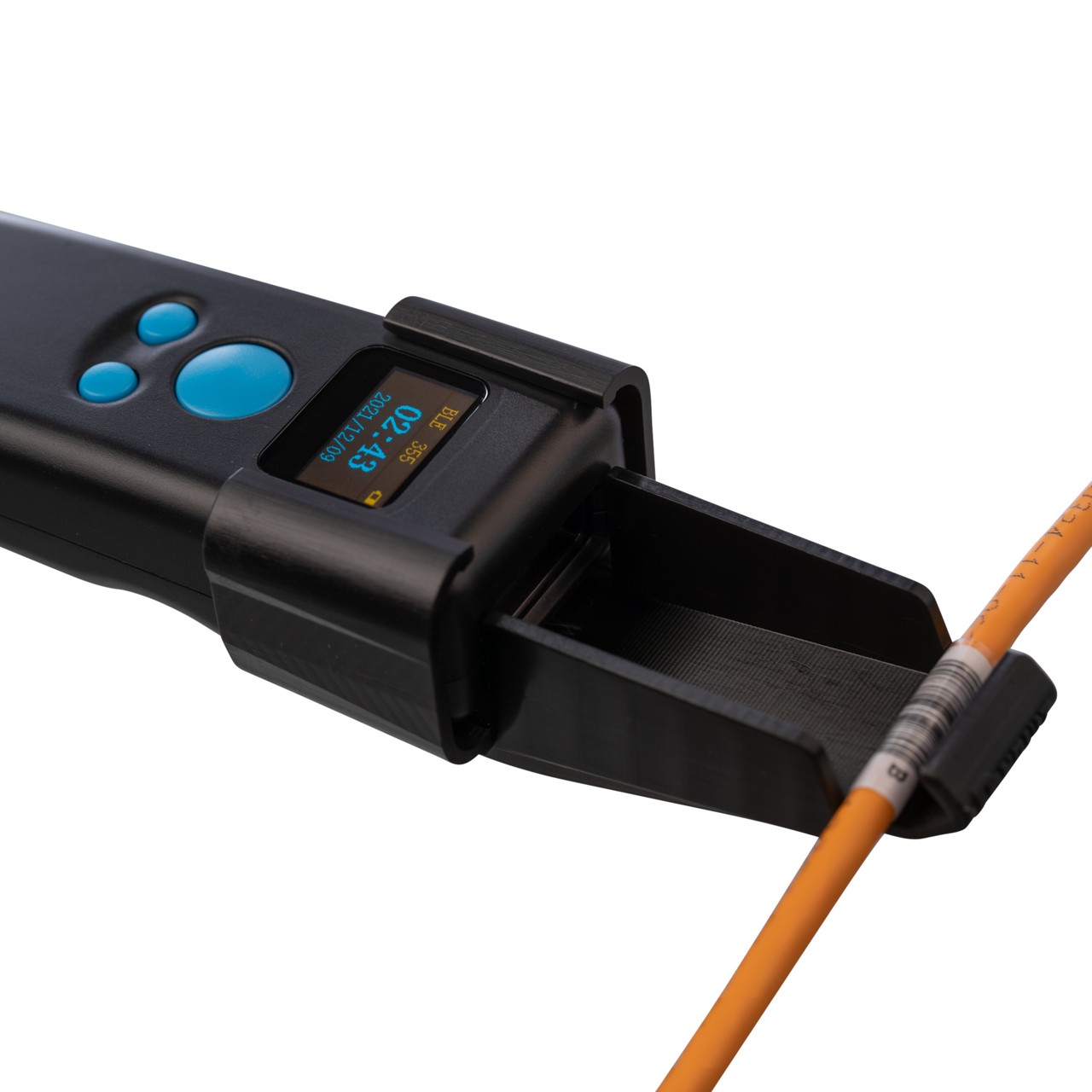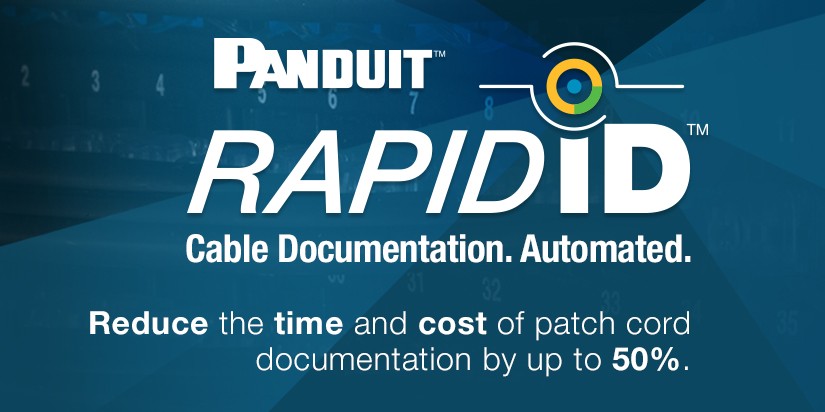Documenting cabling installations, and tracing cables to locate matching endpoints, is a time-consuming and error-prone process that no network engineer wants to do.
At Panduit, we recently introduced the RapidID™ Network Mapping System, which reduces the time and risks associated with cable documentation by automating painstaking parts of the process. With RapidID, network engineers can swap a tedious manual process for a surprisingly affordable automated system ideal for any environment with cabling in it.
Here are just three of the ways that RapidID helps network engineers succeed:
1. Reduce the time associated with patch cord documentation and validation by up to 50%.
RapidID quickly documents cable installations without the need for manual data entry. It’s suited for any place where patch cord documentation is necessary, including data centers, multitenant data centers, telecom rooms, and remote and edge locations.

Here’s an example of how RapidID saves time. Say a network engineer is replacing a chassis switch with 400 connections. If fully outfitting the entire switch, there will be 400 patch cords to document. Traditionally, the engineer would have to create a map of the switch, create a unique identifier for each cable, either handwrite or print out 400 labels and then apply all 400 labels. And that’s just for one network chassis switch. Given how expansive and dense today’s data centers have become, it’s easy to see how network engineers would have little time for anything other than documentation.
With RapidID, you just plug a pre-labeled Panduit patch cord into each port, one port at a time. Using the Bluetooth-enabled RapidID handheld scanner, you simply scan the barcode on each label to accurately capture and document new cable installations. Without risking disconnections, you can trace existing cables to find the opposite endpoint. By reducing patch cable documentation and validation time by up to 50%*—while removing human error from the equation—it’s easy to see why RapidID is the most efficient and pain-free patch field management solution ever developed.
2. Eliminate the need for error-prone manual data entry.
The Telecommunications Industry Association (TIA) provides voluntary labeling standards to help take the guesswork out of creating unique identifiers for cables. Still, they are alpha-numeric codes that can be difficult to write down or type up accurately. Unfortunately, standards don’t eliminate the real possibility of making a mistake.
RapidID turns this entire process on its head by eliminating any need for manual data entry at every point in the cable documentation process.
How RapidID Works:
- Quickly scan and accurately document new or existing cable installations. RapidID software records and matches the cable’s physical location.
- Upload RapidID software results to DCIM, Excel, local storage, or the cloud. Export connections and cable information directly to an Excel spreadsheet or your network management system (NMS) or data center infrastructure management (DCIM) system to reduce manual data entry.
- Immediately verify existing cabling against previously saved results. Audit physical wiring, identify changes to last known good wiring configurations and quickly update new results.
3. Reduce the risk associated with tracing and troubleshooting cables.
Traditionally, network engineers have a few options for locating a patch cord in a network based on what kind of cable it is and where it is located. For copper patch cords going from one port to another port in the same room—or even in the same cabinet—they could trace your fingers along the patch cord to find the other end. Or they might tug on the patch cord to see which one moves. With fiber cabling, they can pull the plug out, shine light, and see where it goes. One problem with each of these scenarios? The patch cord has to be disconnected from the network, meaning that whatever system is connected to the cord is no longer functioning.
With RapidID, there is no need to disconnect your patch cords to trace and troubleshoot. Scan a barcode to find the opposite endpoint without having to pull on them (and risk disconnecting them). The mobile app matches current cabling against previously saved results to find and fix problems fast.
This is also hugely beneficial for network engineers responsible for faraway edge environments. They can quickly provide remote guidance to onsite technicians tasked with troubleshooting. Rather than explaining where a particular cable may be, they can give the technician the number, who can then scan labels until they locate it.
Learn More About RapidID
Keeping track of patch panel connections has always been painful and time-consuming – until RapidID. To learn more about the many ways to help network engineers, visit www.panduit.com/rapid-id or send me a message.
*Panduit internal time study, May 2021.


